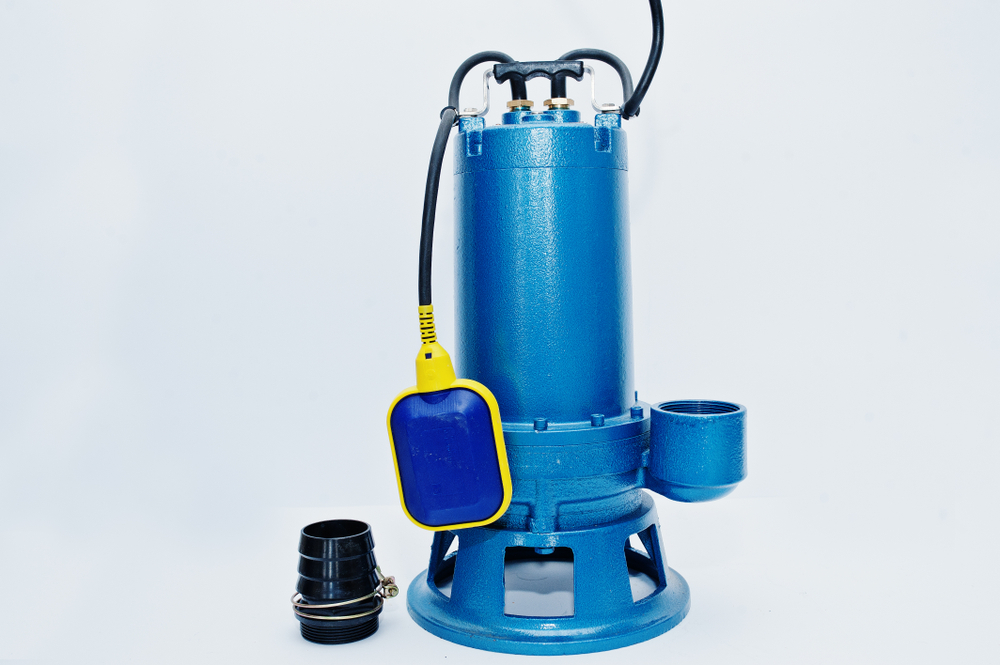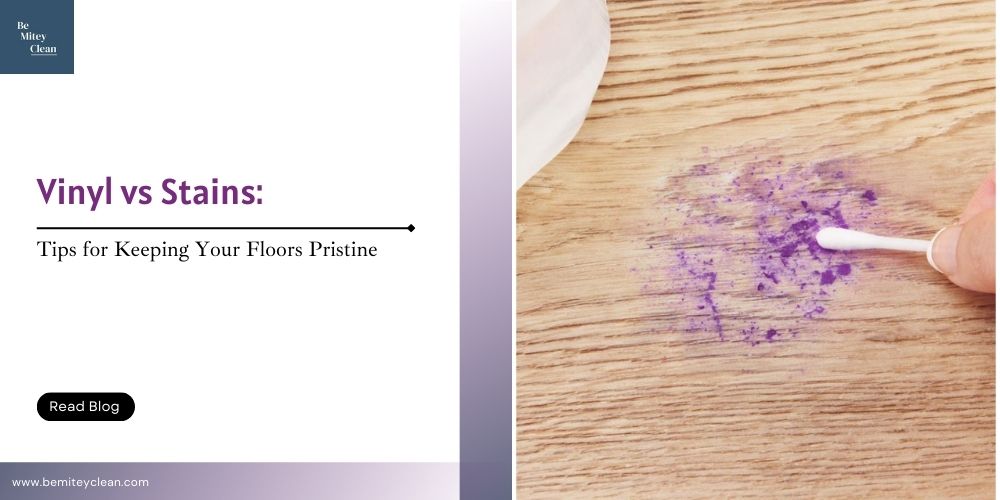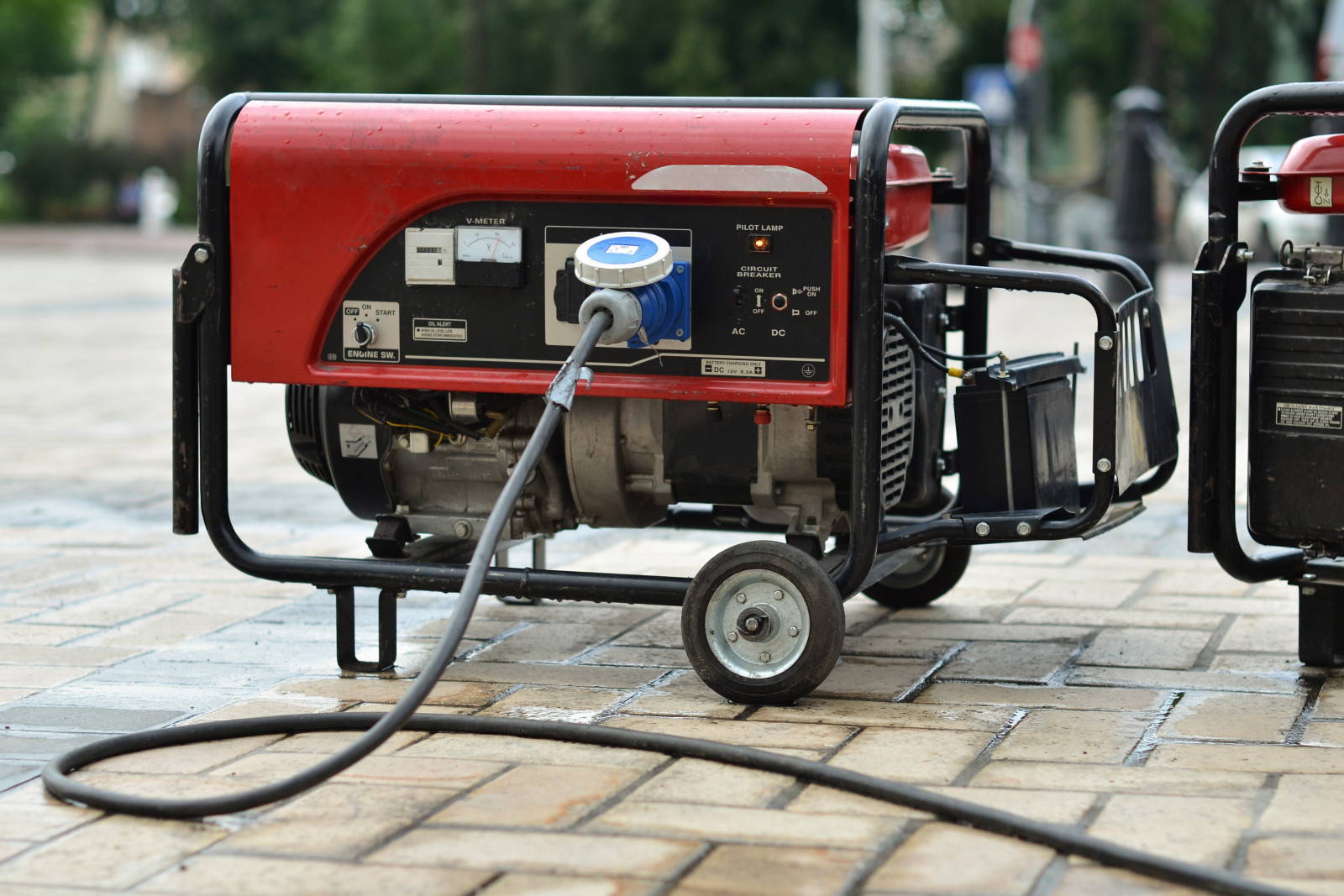Submersible Pump Advantages and Disadvantages: Pros & Cons Explained

If you’re looking for an ideal pump solution, you’ve likely come across the term “submersible pump” more than once. These water-working wonders have gained significant traction across homes, industries, and farms, but why? And, more importantly, are they the right fit for your needs? Sit tight because this comprehensive guide will dissect the submersible pump’s advantages and disadvantages. By the end, you’ll have all the insights you need to make an educated decision. So, let’s jump—or rather, submerge—right in!
What Is a Submersible Pump?
Ah, the submersible pump—a true marvel of modern engineering. But what is it? Imagine a pump so robust and so well-sealed that it doesn’t mind getting its feet (and everything else) wet. That’s a submersible pump for you!
The Nuts and Bolts
A submersible pump is designed to be fully submerged underwater for its entire operational life, as the name suggests. The core components? An impeller to move the water and a motor to drive the impeller. These two work together to do the heavy lifting—or should I say pumping?
The Science Stuff
Are you feeling science? Good, because the operation of a submersible pump is an excellent lesson in physics. Unlike some pumps that need to be filled with water to start (known as priming), a submersible pump is self-priming. It uses centrifugal force to move water. Imagine spinning a bucket of water—the water pushes out to the sides, right? That’s the centrifugal force in action!
One Pump to Rule Them All
We’ve got a pump for every puddle and pond! There are specialized submersible pumps like sump pumps for your basement, sewage pumps for waste management, and well pumps for aquifers. Solar-powered versions are also available for eco-friendly operations.
Advantages and Disadvantages Submersible Pump
Before diving into the details form, let’s learn all the advantages and disadvantages shortly.
| Category | Advantages | Disadvantages |
| Efficiency | High energy-efficiency due to being submerged; no need for priming | Can consume a lot of electricity, especially industrial models |
| Versatility | Applicable across a broad spectrum of uses, spanning from household to industrial purposes. | Limited to pure liquid applications; not good for sludges or slurries |
| Lifespan and Durability | Often made from durable materials like stainless steel; longer lifespan | Risk of internal and external leakage over time |
| Ease of Use | Self-priming and easy to install | Complexity in repairs; may require professional assistance |
| Noise Level | Operates quietly due to being submerged | – |
| Safety Features | Equipped with thermal overload protection and float switches for safety | – |
| Cost | Long-term efficiency often results in cost-savings | Higher initial cost; potential cost of replacement parts and repairs |
Advantages of Submersible Pumps
Let’s dive into what makes these submersibles the superheroes of the pumping world.
High Efficiency
Submersible pumps are the LeBron James of pumping efficiency. These pumps are underwater, which means they are already surrounded by the liquid they are pumping. This eliminates the need for priming, saves energy, and reduces cavitation—a fancy term that essentially means less wear and tear on your equipment.
Versatility
Table: Common Applications for Submersible Pumps
| Residential Use | Industrial Use | Agricultural Use |
| Sump drainage | Waste treatment | Irrigation |
| Garden fountains | Mining | Livestock water |
| Pool maintenance | Oil wells | Drainage |
| Hot tub circulation | Food processing | Fish ponds |
Submersible pumps are the Swiss Army knives of the pump world, handling everything from household chores to industrial mayhem. Remember, farms are great for irrigation and livestock water supply!
Long Lifespan
Regarding durability, a good-quality submersible pump is a long-term investment. We’re talking stainless steel, reinforced polymers, and all kinds of space-age materials that keep rust at bay. Plus, being underwater naturally cools the machine, thereby extending its life.
Quiet Operation
Picture this: You’re reading a book by the pool, and you can only hear the whisper of the wind and the chirping of the birds—not the loud, mechanical growl of a pump. That’s the bliss a submersible pump offers; it’s practically a library.
Safety Features
When we talk about submersible pumps, safety can’t be overlooked. Most come equipped with thermal overload protection and a float switch for automatic shut-off, reducing the chances of overheating or dry running.
Disadvantages of Submersible Pumps
Now, let’s be fair and flip the coin to look at the downsides of submersible pumps. Knowing the submersible pump’s advantages and disadvantages helps you make a more balanced decision.
Initial Cost
Okay, let’s face it: quality is costly. A decent submersible pump will make your wallet noticeably lighter. And if you need a specialized pump for a specific use, you may need to loosen those purse strings even more.
Complexity in Repairs
Have you ever tried solving a 3D puzzle? Repairing a submersible pump can feel like that. You’ll often need to call in an expert for repairs. Spare parts can be challenging to find, too.
Electricity Consumption
These pumps can be a bit energy-greedy, especially the industrial varieties. It’s essential to consider long-term operating costs. An energy-efficient model might cost more upfront but could save you money in the long run.
Risk of Leakage
Nothing’s perfect. Even the best submersible pumps can experience internal and external leakage over time. This could mean costly repairs and potential environmental risks.
Limited to Liquid Applications
Love sludges and slurries? Well, your submersible pump doesn’t. They prefer to stick to pure liquids, limiting their versatility in more specialized tasks.
Making an Informed Choice
After perusing all these submersible pump advantages and disadvantages, the ball is now in your court. Your specific needs, frequency of use, and budget constraints should all factor into your decision.
Conclusion
There you have it, folks—a deep dive into the fascinating world of submersible pumps, complete with the highs and lows. These pumps have their merits and shortcomings, and choosing one depends on many factors. Submersible pumps serve many needs, from residential water gardens to heavy-duty industrial applications, but they’re not a one-size-fits-all solution. We hope this exhaustive look at submersible pump advantages and disadvantages has equipped you with the knowledge to make an informed decision tailored to your circumstances. As you venture into your next water-moving project, may your choices be as fluid as the water you pump. Happy pumping!



